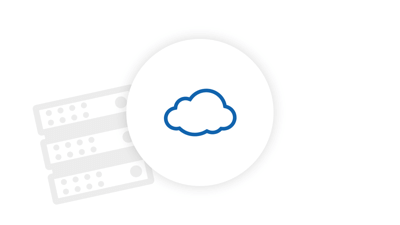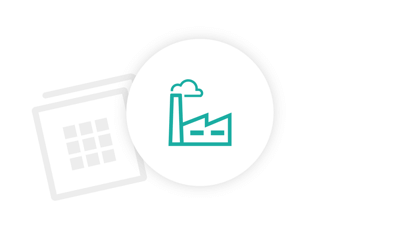High Performance Computing places special demands on a cloud infrastructure that general-purpose services usually cannot meet.
Non-specialized cloud services are optimized to be attractive and cost-efficient for the largest possible number of customers. Generally speaking, these customers place great emphasis on being able to quickly and easily adapt the cloud services they have booked to their changing needs. The providers achieve this through a high degree of virtualization – that is, the customer does not book a physical server, but a virtual machine simulated by software. In the process, several customers often share the computing power of a real, physical server. Virtualization makes the flexibility, cost efficiency and scalability of cloud services possible. However, it also limits performance, as the physical machines have more software layers to run.
To get as much performance out of the hardware as possible, cloud services for High Performance Computing usually rely on dedicated resources that are "closer to the metal", i.e., contain fewer virtualization layers. In addition, they usually provide optimized hardware, i.e., more powerful processors and network connections.
For example, servers are frequently equipped with additional Graphics Processing Units (GPUs) used for HPC tasks. These were originally developed to relieve the main computer processor of graphical calculations. Typical use cases for GPUs are, e.g., graphics-intensive applications from the entertainment industry. For this purpose, they contain a large number of processor cores, so-called shaders, which can execute many uniform calculations in parallel. This also makes them ideal for applications in the fields of machine learning or artificial intelligence. For example, the Open Telekom Cloud offers GPU-accelerated Elastic Cloud Servers of flavors p2, p2v, g6 and pi2, as well as Bare Metal Servers physical.p1 and physical.p2, which are based on Nvidia P100, V100, or T4 GPUs.
However, there are certain applications for which GPUs are not suitable due to their highly specialized architecture. For these cases, the Open Telekom Cloud offers virtual machines and bare metal servers in the High Performance category, in which the majority of the calculations are performed using a powerful CPU (central processing unit). They are intended, for example, for High Performance scenarios such as complex simulations. These include virtual experiments with chemical reactions, simulations of air flows, or crash tests. For these use cases, the Open Telekom Cloud has Bare Metal Server physical.h2 or Elastic Cloud Server flavors hl1 and h2 available, each containing a high number of CPU cores.



















